Your cart is currently empty.
Choose Your Greeting Card Design:
You May Also Like These

Subtotal
$0.00
Shipping & Handling :
Calculated in Checkout
Total
$0.00
Your cart is currently empty.

Subtotal
$0.00
Shipping & Handling :
Calculated in Checkout
Total
$0.00
Your cart is currently empty.

Subtotal
$0.00
Shipping & Handling :
Calculated in Checkout
Total
$0.00
FREE SHIPPING ON ORDERS $65+
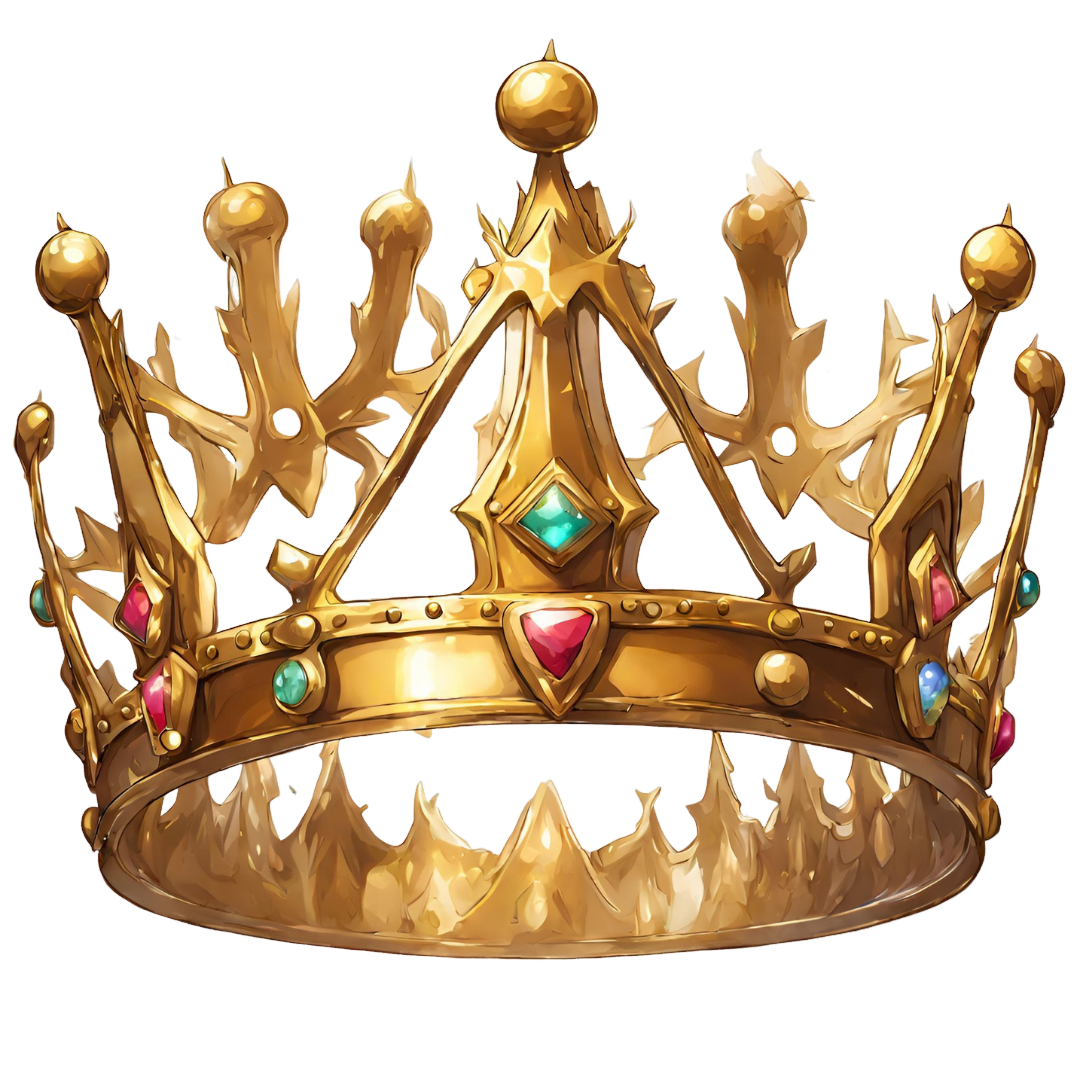
December 26, 2022

December 26, 2022
Parasyte: The Maxim is a chilling anime exploring humanity's dark side through a parasite invasion, featuring intense battles and personal transformations.

Parasyte: The Maxim excells with its gory battle scenes and interesting plot, scoring a solid 7.8/10. A must-watch for fans of horror anime.


The anime delivers adrenaline-pumping, gore filled, action: awesome for any fans of the horror genre.

Interesting exploration of human nature and morality.


The storyline can be quite predictable.

The music occassionally felt out of place at times.

 >
>Parasyte: The Maxim is a chilling anime exploring humanity's dark side through a parasite invasion, featuring intense battles and personal transformations.
We're a small business in Wisconsin!




Before even penning anything down on this anime, some critical analytic bits of it still overwhelms me, especially whenever I recall some discussions, or moments between some of the characters. One of such moments was when a parasite said something like “when they kill other organisms for food, it’s okay, but they start getting wary when they’re being killed for food by other organisms.”
Frankly, Parasyte had a lot to give, and even question about human nature. As much as I can commend it for the way it questioned the parasitic mode of feeding of humans, it still had its own issues in that respect too.
While the 24-episode anime gave all it could in the way of fights, horror, gore, suspense and other elements it possibly could in the 24 minutes of each episode, a few lines of my thoughts do not do enough justice to a proper analysis and review of the Parasyte: The Maxim anime series.
So, here we have a proper, all-round and in-depth analysis of the Parasyte anime, which was proudly brought to us by the animation studio, MadHouse. And I'll be analyzing it from different points ranging from the storyline, graphics, music, etc.
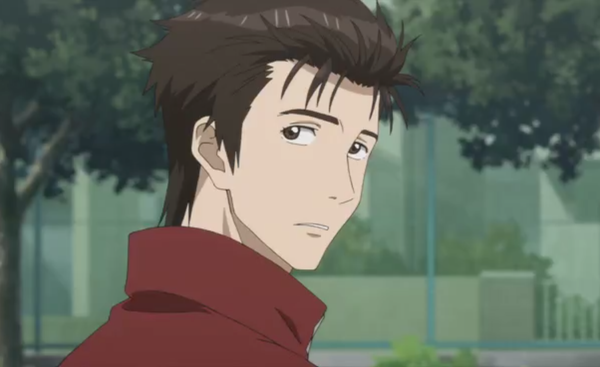
You've definitely heard of them in classic science fiction novels before, the concept of extraterrestrial beings that can take bodies in order to mimic a human and roam among our civilization; a trope that has been around for a long time.
Parasyte (also known as Kiseijuu) goes into full swing with this idea, which is built on the base of a science fiction and body horror story. Actually, it couldn't be easier. There has been an invasion of unknown entities from another world that are capable of infecting humans by parasitic techniques. The parasites may take complete control of you and turn you into a monster if they are able to attach themselves into the brain of a human host.
Not only does this result in the death of the victim, but the creature is now able to feed on more victims. Doesn't it just make your skin crawl? A parasyte infected a young man named Shinichi. It would have ended his life if not for the fact that the parasite messed up and failed. They now share a single body, but maintain their own personalities. They now begin their shared journey throughout the story.
Kiseijuu, which has such an interesting idea, truly raises the bar not just with its initial episodes but also with some of the other technical components that are involved behind the scenes. To begin, there is the powerful studio Madhouse, which is widely well known for their talent as an animation studio.
The original materials also fall under this category. The original manga was published more than twenty years ago, yet it continues to get recognition, which inspired the creation of this anime. Thankfully, it lives up to its reputation.
 The harshness of the show's horror is shown right from the beginning, and it doesn't even pause it for a moment. If you still don't believe me, maybe the first minute and a half of the series will change your mind. An anime such as this, it goes without saying, is not going to be easy on the stomach.
The harshness of the show's horror is shown right from the beginning, and it doesn't even pause it for a moment. If you still don't believe me, maybe the first minute and a half of the series will change your mind. An anime such as this, it goes without saying, is not going to be easy on the stomach.
In the first few episodes, it is shown that most parasites are soulless beasts who only care about themselves and the victims they consume. Similar behaviors are shown by the parasite that was unable to take control of Shinichi's body. For example, it threatens to murder Shinichi and others if their secret is exposed. Shinichi names it Migi, and in order to live, it often engages in strategic planning while completely ignoring moral considerations.
For instance, he makes an effort to eliminate any witnesses who are able to see the mutually beneficial connection that exists between him and Shinichi. Then there are the actual battles, in which Migi must sometimes fight without regard for his own safety in order to prevail. Outside of the fight scenes, the program delves into the realm of human drama.
This is due to the fact that Shinichi is continuously faced with the challenge of concealing his parasite from others because of the concern that sharing the secret might result in their death. In addition to being a source of duty, it also generates the feeling of being threatened. Both of them are fighting for their lives in a cruel and violent world. The stakes are high.
The ability to express human nature and to concentrate on topics that are more than just fight scenes are what gives the plot of this series its distinctive quality and makes it stand out quite a bit. It demonstrates the best and worst of what people are capable of doing while also providing a counterpoint to how parasites might act.
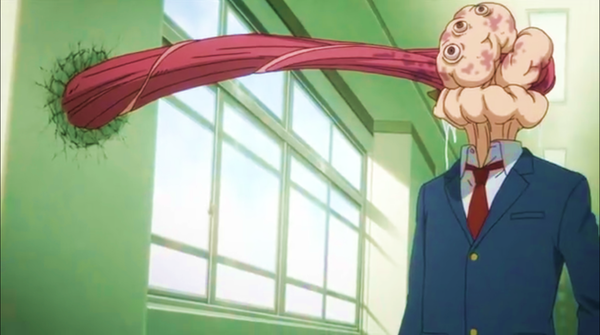
There are certain instances in which there is nearly a likeness, while others stand in stark contrast to one another. As the plot develops, Shinichi goes through significant character development as a result of the unfortunate experiences that leave emotional scars on his life. These changes are mirrored in the individual's body as well as their mind.
Even his classmates have noticed this, and some of them, like Murano, are always concerned about how he is doing. In the beginning, he seems to be a regular person who is just interested in leading a normal life. Shinichi is simply a regular person who wants to make friends, receive an education, and maybe even fall in love.
His life is entirely altered as a result of the actions of the parasites, and he will never be able to return to his previous existence. His relationships with his friends are altered as well. Because he is aware of the potential risks that may be posed to Murano if she gets too close to him, his relationship with her becomes difficult and strained.
Shinichi evolves quite a bit during the course of this series. He even becomes a warrior as a result of his time spent battling with Migi. As a result of the different events and getting infested with the parasite, Shinichi becomes less and less human himself, which is reflected not just physically but also in his interactions with other people. Shinichi transforms into a stern, humorless, and gloomy adult during the course of the series.
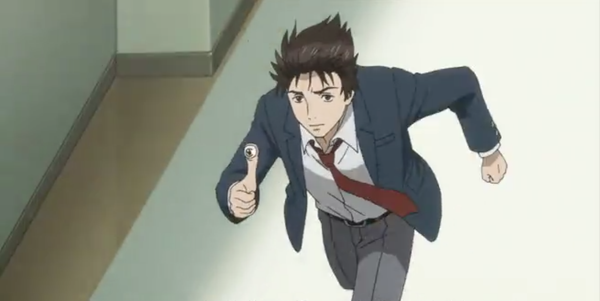
The show alternates between presenting different suspenseful situations that are connected to the protagonists in each episode, and moving along the storyline. Be mindful, too, that there is a tragic element at play as well. Shinichi has lost a significant amount of people around him. These losses go beyond death itself. It demonstrates that he is unable to rescue everyone, and when that occurs, Shinichi has sorrow due to his own insecurity and lack of confidence.
Observing how much Migi, the parasite that has infested Shinichi, develops over time is both fascinating and intriguing as well. Even in the ridiculous and inhumane exhibition he gives at the beginning, we can glimpse some of the more sensitive elements of his personality. It would seem that he has developed some kind of emotional tie to the human race and the way that they behave as the story progresses.
Migi's evolution as a character eventually brings him to a place where he acts like a human, despite the fact that at the beginning, he was not even remotely close to acting like one. The dynamic between Migi and Shinichi is also the setting for a few comedic moments in the episode, which brings the tone down a notch.
Because of his intense interest in human sexuality, Migi engages in "research" on the subject, which results in humorous and unforgettable scenes. Kana's "White knight wet dreams," which she keeps repeating over and over again, are also a highly odd comedy that adds more to the play. In a similar manner, we are able to see many facets of other parasites, such as Reiko's concern for her kid and the political maneuvers that certain parasites engage in in order to get a foothold in society.
It is shown through the presentation of such incidents that not all parasites are merely absent-minded due to their desire to devour and kill. We even have a character to whom Shinichi can identify on a personal level because of the experiences they have had in their own lives.
However, despite everything the program has going for it, there are moments when it may be somewhat formulaic. The death flags are certain to appear, not to mention the opening song's potentially revealing lyrics. In addition, both the manga and the anime have parts of the story that are never explained or answered.
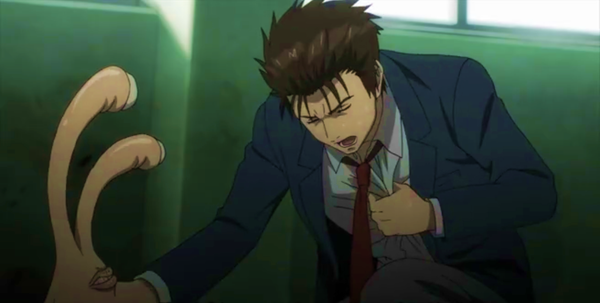
As someone who enjoyed reading the manga, I feel obligated to admit that my first thoughts on the artwork weren't exactly flattering. In contrast to the serious tone that was presented in the manga, the artwork has a more unremarkable aesthetic.
However, after looking at the artwork more intently, one might develop an emotional connection to it. Anyone may fall victim to this. To begin with the gory aspect of it, the structures of the parasites are horrifying and intriguing all at the same time. All of them exhibit monster characteristics, particularly in that they have a homicidal aim. It is the eyeballs, the blades, and the damaged features that give them their terrifying appearance.
Certain types of parasites are also capable of developing more aggressive features, which truly sets them apart from others physically due to their body structure. Migi, in particular, has a highly unique look because of the peculiar circumstance of being pinned in Shinichi's hand. The majority of the human characters, on the other hand, are classified according to their character designs so that they are consistent with their personalities.
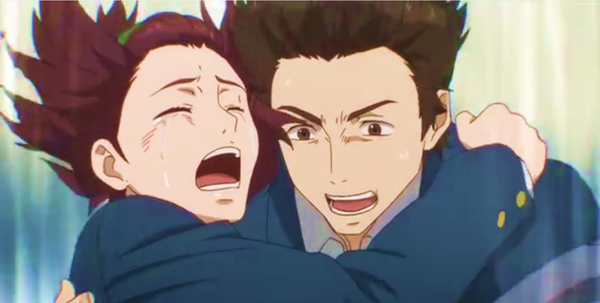
Everyone in the story, from Shinichi's regular parents to the numerous juvenile offenders, has an air of compassion. Shinichi's transformation throughout the series is without a doubt the most interesting aspect of the drama. His harrowing experiences have shaped him into a man of more bravery, and this transformation is evident even in his appearance. A few instances of this may be seen in the razor-sharp edges of his hair, the absence of spectacles on his face, and the solid structure of his physique. In addition, the program is notorious for the vivid nature of the violence it depicts.
You should expect to see scenes of gushing blood, mutilated bodies, and other gory details that really qualify this program as horror. Because of Madhouse, the action sequences are brisk, clear, and beautifully designed with excellent production qualities. Oh, and the fact that there is no censoring is a huge plus for viewers like me and other admirers.
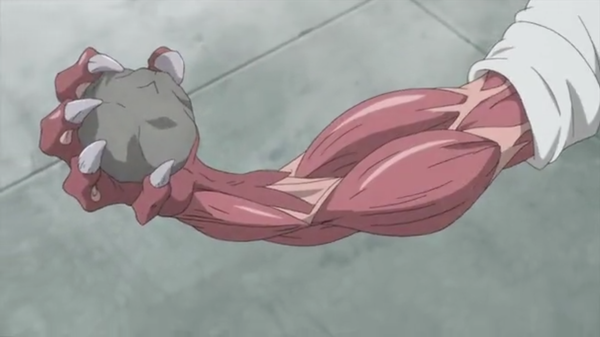
The soundtrack and the music play a very intriguing part in the story. In particular, the dubstep turns out to be a contentious addition to the series when it was incorporated. Sometimes it seems like the language is appropriate, but at other times it feels completely out of place. Dubstep is employed very immediately in the pilot episode; thus, viewers will need to prepare themselves for this element of the soundtrack.
It took me a few episodes to get used to the soundtrack, but in hindsight, it is a strategy that is effective after you have established an attachment to it. Aside from that, the voices of the characters exhibit a significant amount of concentration, most notably with Shinichi and the transformation he goes through. This is mirrored in his voice, which becomes more composed and self-assured later on in the narrative, in contrast to his shy and frightened nature at the beginning of the tale.
In addition, Kana Hanazawa lends her voice to the part of Shinichi's potential love interest while maintaining a childlike quality. The voices of the parasites, though, are by far the most intriguing aspect of this. When they are converted, all of them have voices that are unsettling and warped in comparison to the voices of their previous human hosts. The representation of them in a science fiction approach is what helps bring out the authenticity of their presence.
However, while the parasites are in human form, there is a noticeable lack of empathy in the vocal mannerisms that they display. At other times, there are parasite characters that have a more human tone, such as Reiko and Uda. Then there's also the character Migi to take into consideration. Voice actor Aya Hirano successfully brings this character to life via the use of her distinctive voice.
And last but not least, there are both the opening and ending themes. In contrast to the majority of two-season shows, there are no alterations whatsoever made to either the intense opening theme or the more soothing ending theme over the whole of the show.
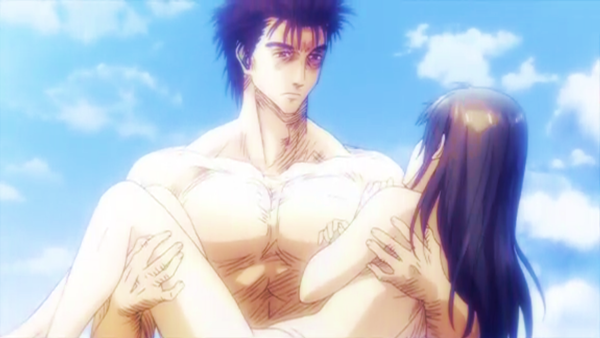
Regarding the characters, we have our primary cast, which consists of Shinichi Izumi and Migi, an alien that lives in Shinichi's right arm. This pair makes up our major characters. Shinichi Izumi served as the focal point of the story's character development; from the beginning to the conclusion of the story, Shinichi underwent many changes, including those to his looks and his demeanor.
He started out as a zero and eventually became a hero, much like many other fantastic figures. He starts off as a sniffing, cowardly youngster, but as he gets older, he transforms into a responsible and mature adult. The progression is pretty well described.
Throughout the course of the story, not only does the parasite Migi that lives in Shinichi's hand play an important part, but the two characters also develop a close bond with one another. while a variety of villains, each with their own unique motivation, performed well in their parts. The remaining supporting cast members all provide solid performances in their respective roles.
Another character that made an impression was Ryouko Tamiya, although I won't go into too much detail regarding her role in the story. She was a parasite that contributed to the show's deeper exploration of certain of its themes and offered more insight into the conflict that was taking place. Her participation prompted the emergence of a number of really intriguing topics and plays a significant part in bringing a new point of view to the narrative.
The ensemble as a whole was satisfactory and accomplished what it set out to do, despite the fact that some individuals did not live up to expectations and others might should have been eliminated totally.
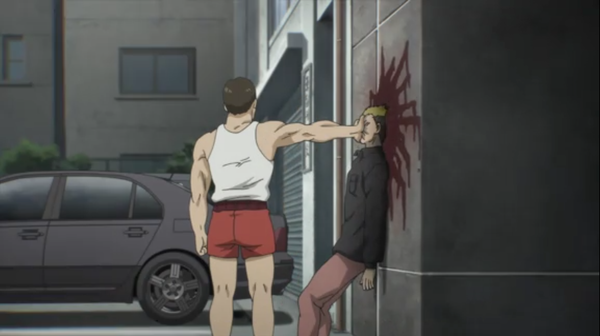
I would include Parasyte among those shows that held my attention from the very first episode to the very last. It had nonstop action, a good amount of tension, had fantastic character interactions, and constantly left me wanting more. It was the kind of content that was perfect for binge watching, and it more than lived up to its promise of providing amusement.
When it all came to a climax, I found that I loved the voyage through all 24 episodes, despite the fact that I wasn't overly fond of the music and that I could have done without the addition of some story points and characters.
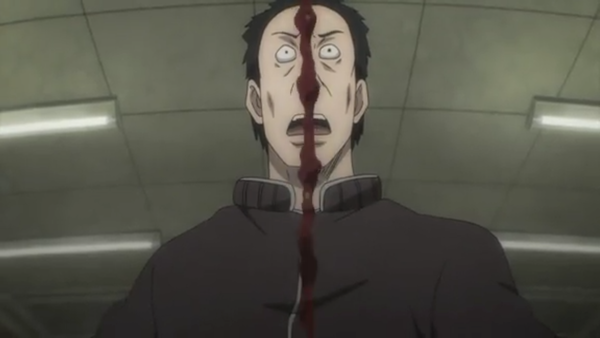
Although many other shows have experimented with a plot similar to this one in the past, Parasyte was the first to help establish a standard on how to carry it out correctly. It was entertaining while also maintaining a good balance between its many subjects, demonstrating that both goals may be achieved simultaneously.
A few mistakes were made throughout the course of the program, but it was never doomed to complete cancellation. There are some people who would not be interested in watching the program, but those who are normally interested in "man against nature" stories would undoubtedly love what Parasyte has to offer.
The anime follows Shinichi, who shares his body with a parasite after a failed infection, exploring human nature and survival.
Shinichi Izumi and his parasite, Migi, are the primary characters, along with other parasites and humans they encounter.
The anime delves into human nature, survival, morality, and the consequences of parasitic behavior.
The animation by Madhouse is praised for its gruesome depiction of parasites and intense action sequences.
The anime effectively balances horror elements, like gory scenes, with deep character-driven drama and suspenseful storytelling.
Some viewers find certain plot points formulaic, and there are unresolved story aspects from both the manga and anime.
The nonstop action, tension, character interactions, and thematic depth make it an interesting and binge-worthy experience.
Poggers.com sells stuff about what you’re reading.
$65.00 away from free shipping!

Leave a comment